Shining a light on the brothers who captured life in Cork during historical times

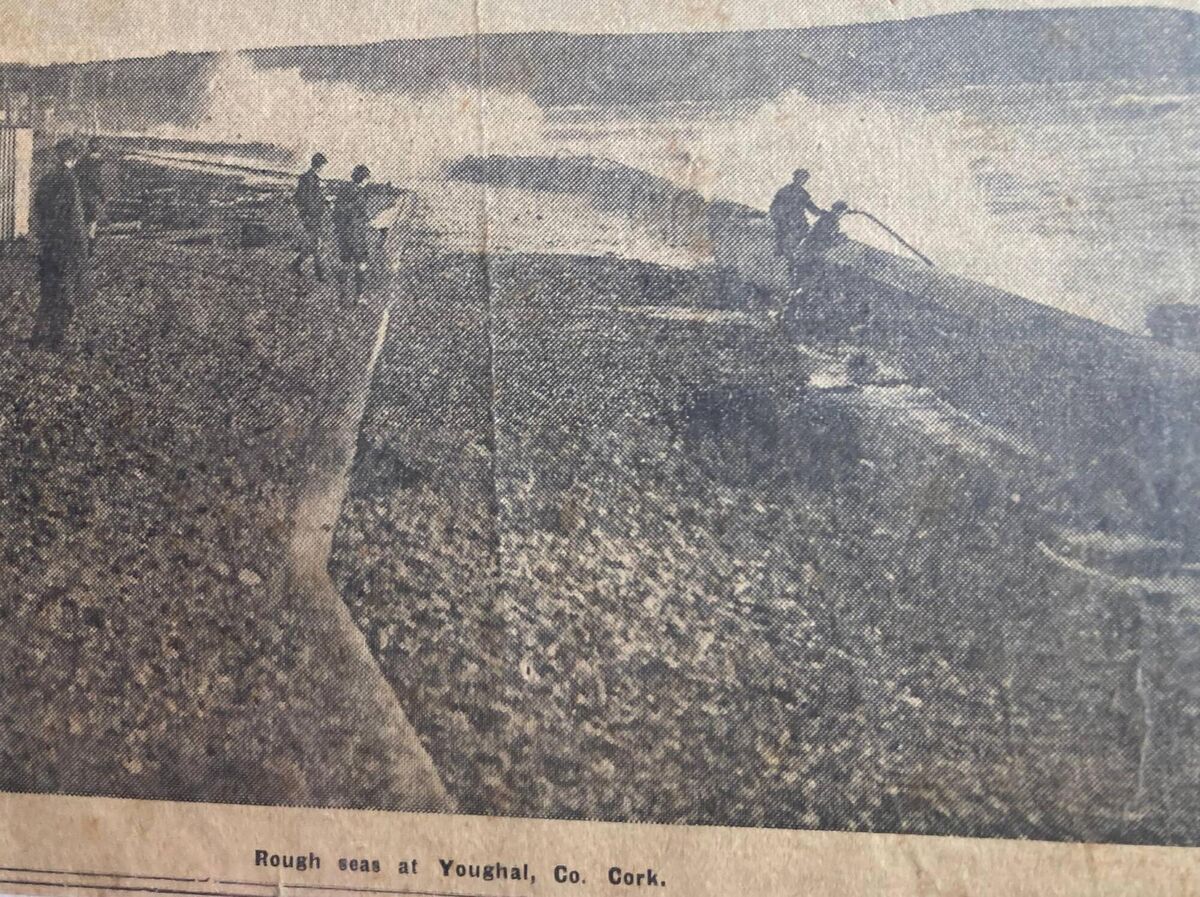
Jim Horgan, the grandson of James Horgan, told me the reason that most of the photographs that remain, which were captured on glass plate negatives, were kept was because they featured family members.
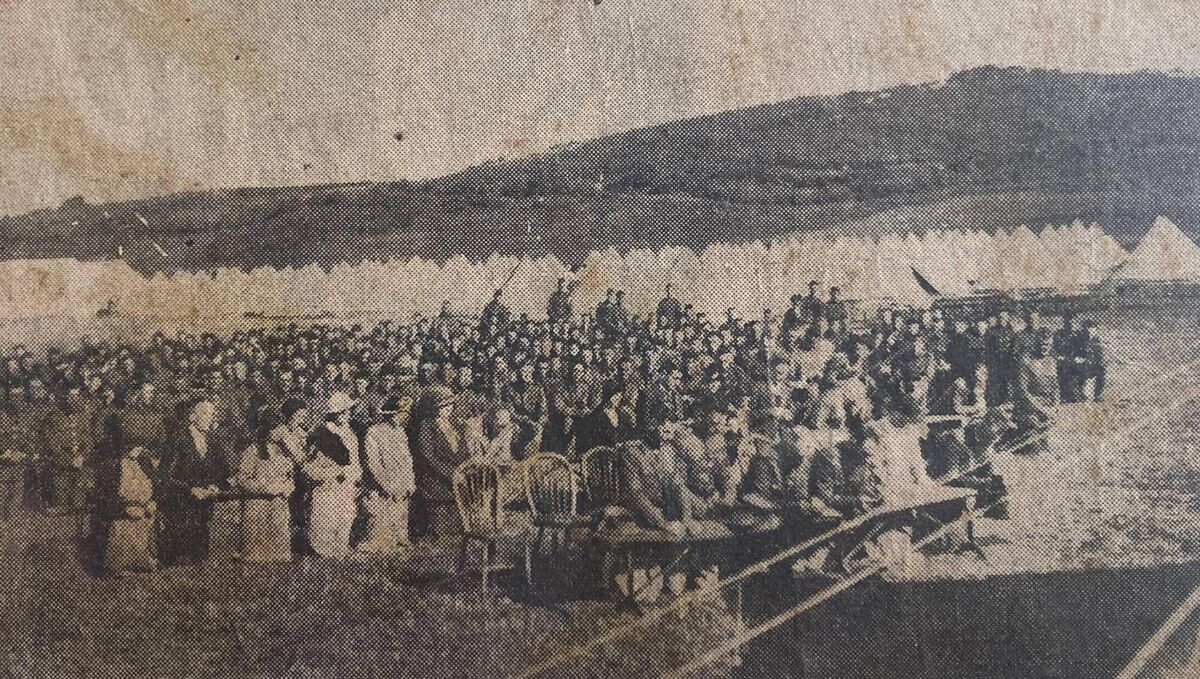
What emerged were several ‘firsts’ that the brothers had achieved - they were masters at adapting photographs, so much so that the RUC enlisted their assistance to prove photos had been manipulated; they were the first to create newsreels; they created a substantial postcard business; and most significantly, they are the creators of the oldest surviving films in Ireland, made by indigenous Irish people, as well as being the creators of Ireland’s first animation.
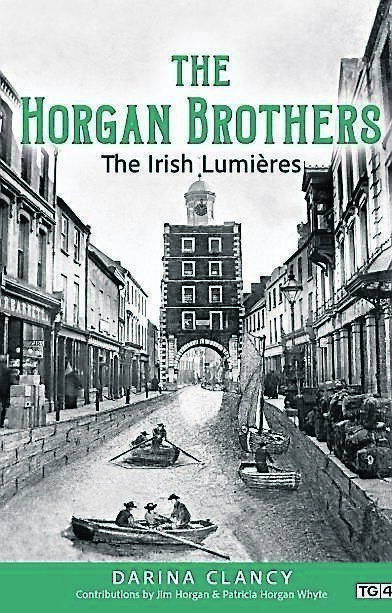
Some of the historical events they captured were perhaps, to them, just things going on in Youghal, but now, they have a very special significance and remain evidence of a town under British rule, or a town that struggled during the country’s drive for independence and subsequent civil war.
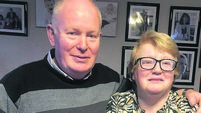

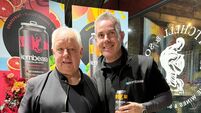



 App?
App?





